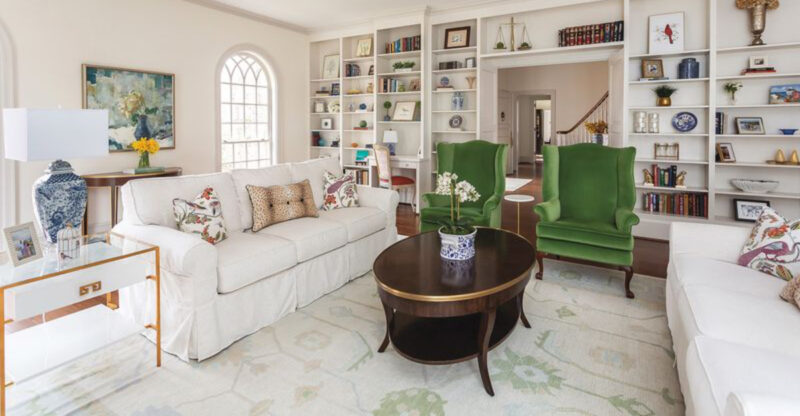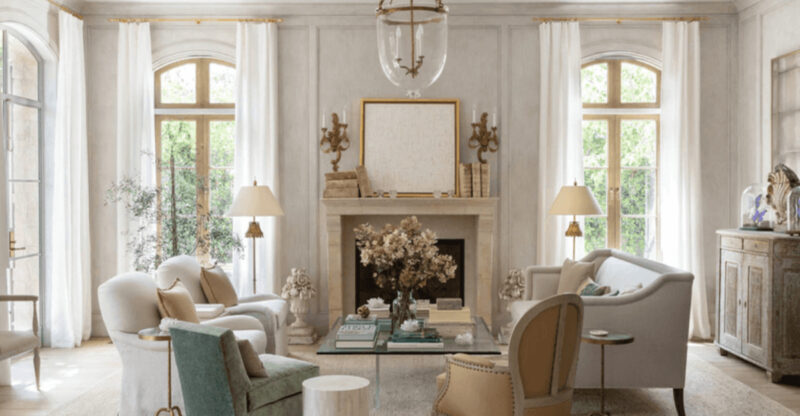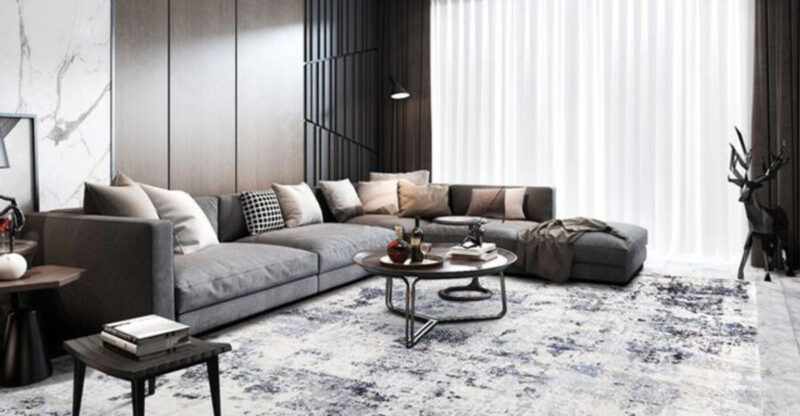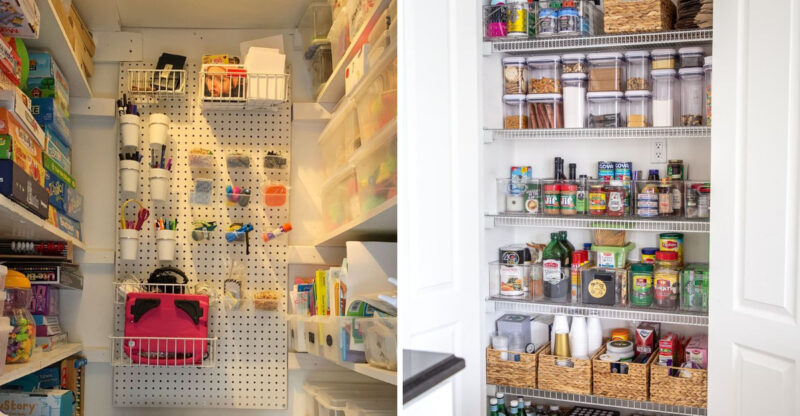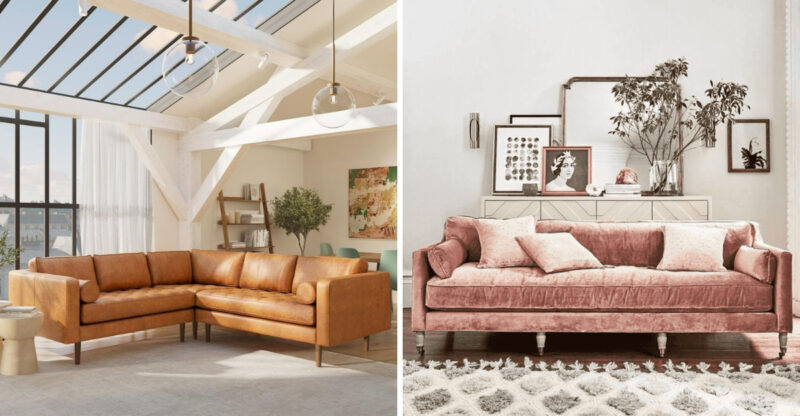10 Unique Alternative Ideas To Try Instead Of Cornicing
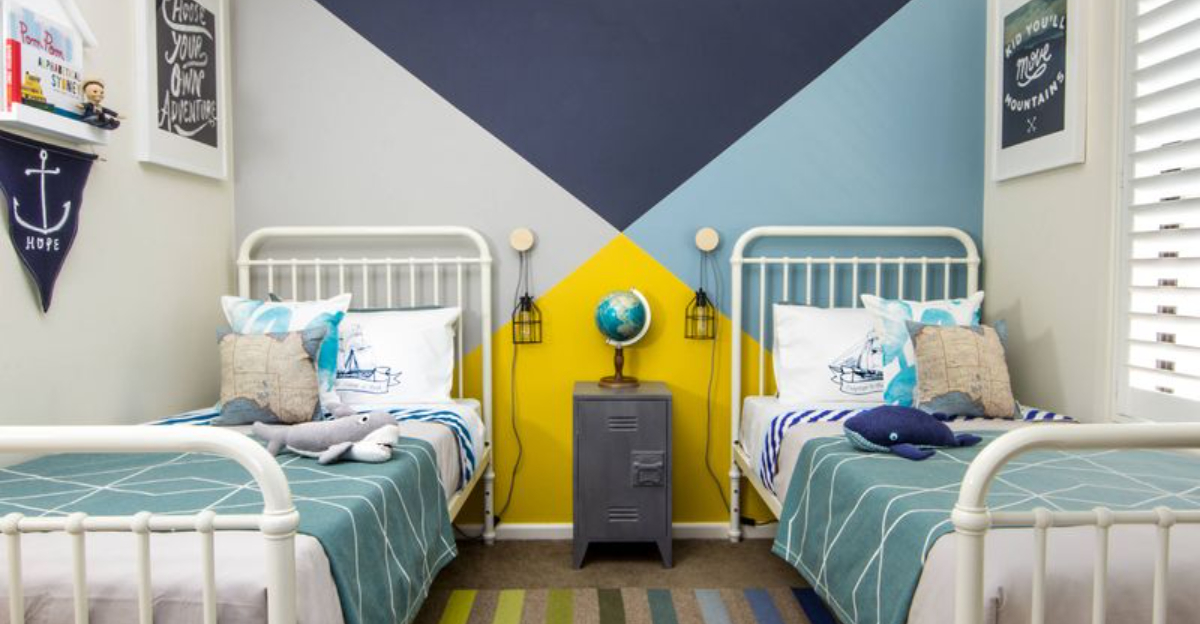
Looking to add character to your room where wall meets ceiling?
Traditional cornicing isn’t your only option! Many homeowners are exploring creative alternatives that add personality while being easier to install and maintain.
I’ve gathered ten fantastic options that can transform your space without the hassle of traditional plaster cornicing.
1. LED Cove Lighting
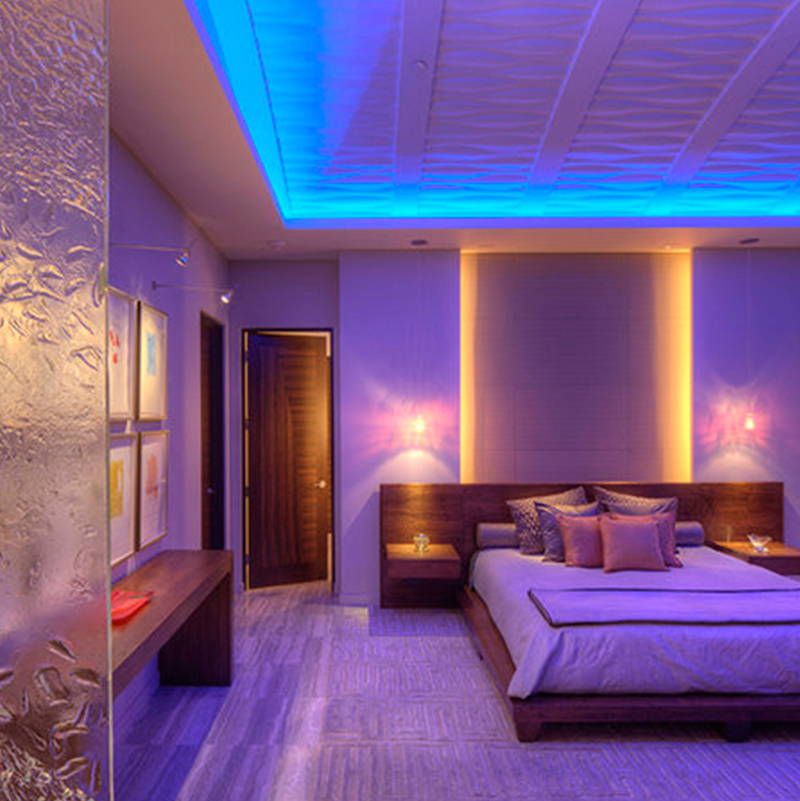
Hidden LED strips tucked into simple ceiling recesses create a stunning glow that washes up walls and across ceilings. This modern alternative adds both architectural interest and practical lighting in one elegant solution.
Installation requires creating a small recessed area, but the result transforms rooms with customizable color options and brightness levels. Many systems now connect to smart home setups too!
If you’re renovating, consider pre-wiring for this feature. Even in existing rooms, wireless options make this increasingly accessible for DIYers with basic skills. The soft, indirect illumination creates a luxury hotel feel that traditional cornicing simply can’t match.
2. Decorative Ceiling Paint Borders

Artistic paint borders offer unlimited creative potential without permanent installation. Using painter’s tape and your favorite colors, you can create striking geometric patterns, subtle tonal shifts, or even faux architectural details where walls meet ceiling.
This weekend-friendly project costs a fraction of traditional cornicing while allowing for seasonal changes or updates when you tire of the look. The technique works wonderfully in children’s rooms, creative spaces, or anywhere you want personality without commitment.
Did you know? Historical homes often featured hand-painted ceiling borders before mass-produced cornicing became available. You’re actually reviving a traditional technique while creating something thoroughly modern!
3. Wooden Ceiling Beams
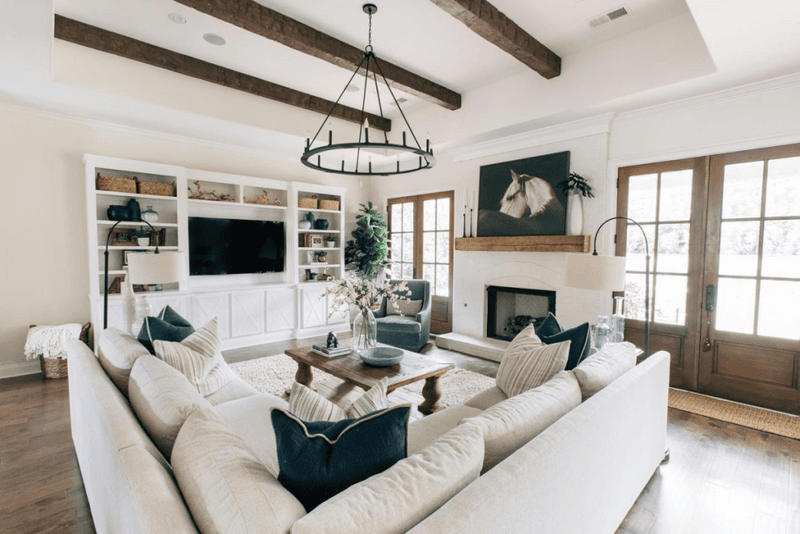
Rustic or refined, wooden beams transform ordinary ceilings into architectural showcases. Whether you choose authentic reclaimed timbers or lightweight faux beams, they add warmth and character that plastic cornicing can’t match.
Installation varies from simple DIY projects using hollow decorative beams to professional carpentry for structural elements. The beauty lies in their versatility paint them to match trim, stain them for natural warmth, or whitewash for cottage charm.
Wooden beams work exceptionally well in open-concept spaces, defining zones without walls while drawing the eye upward. For maximum impact, consider installing them in unexpected spaces like bathrooms or modern kitchens where the contrast creates visual interest.
4. Simple Shadow Gap Detail
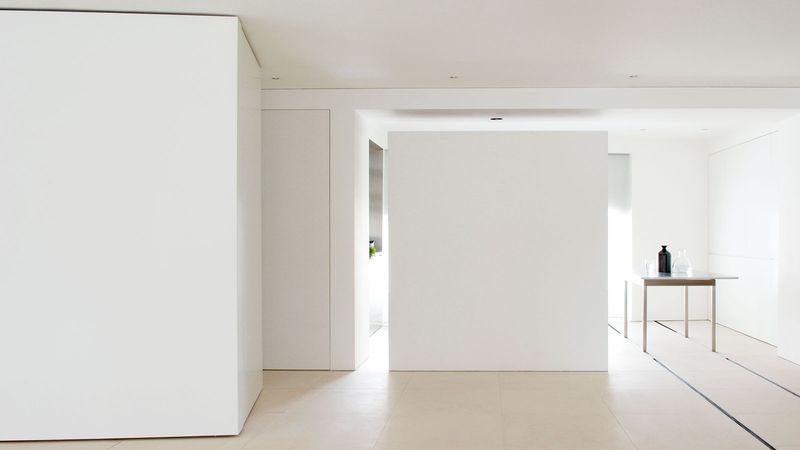
Minimalist elegance defines the shadow gap – a small recessed area between wall and ceiling that creates a floating effect. This architectural detail eliminates the need for cornicing while delivering clean, contemporary lines that modernists love.
Creating this detail requires precise drywall installation, but the result is worth the effort. The small gap catches light in interesting ways throughout the day, adding subtle visual interest without decorative elements.
Shadow gaps work beautifully in spaces with hidden lighting, allowing for dramatic wall washing effects. They’re particularly effective in rooms with textured walls or statement ceilings where traditional cornicing might compete with existing features rather than complement them.
5. Wallpaper Borders at Ceiling Line
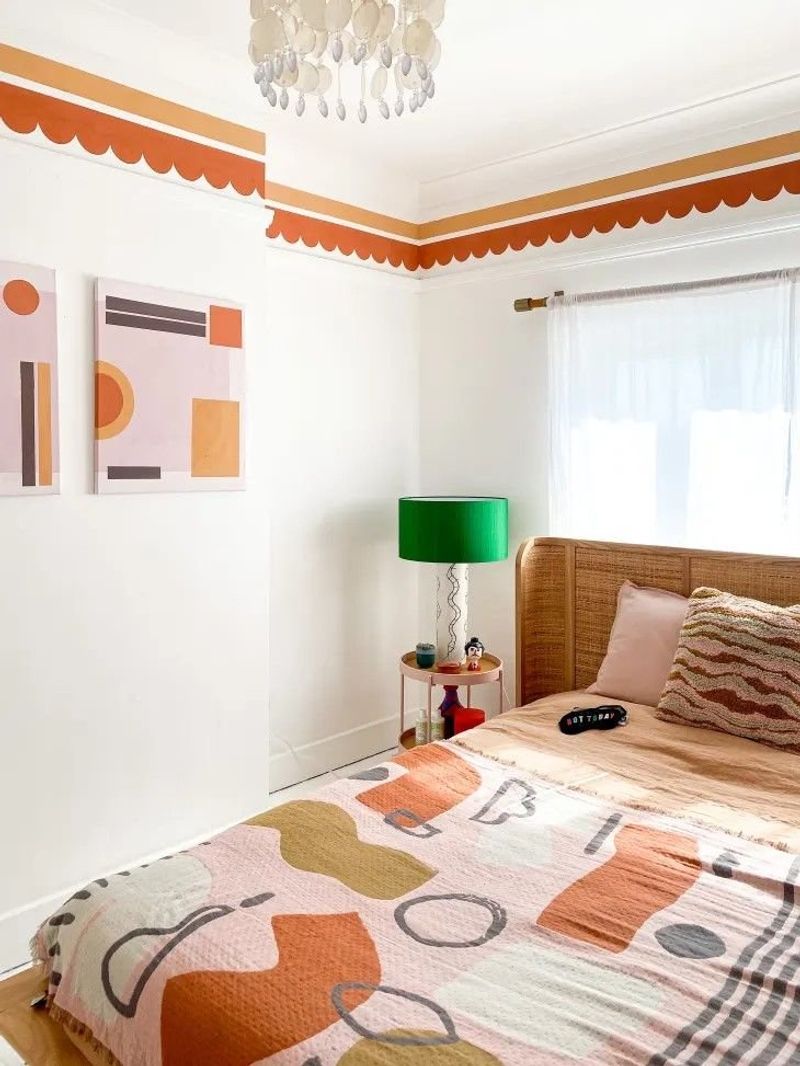
Wallpaper borders have made a stylish comeback! Modern designs range from subtle textural patterns to bold statement prints that frame your ceiling beautifully. Unlike old-fashioned borders, today’s options include peel-and-stick varieties for easy installation and removal.
This approach works wonders in rental properties where permanent changes aren’t possible. The vertical placement draws eyes upward, making rooms feel taller while defining the transition between wall and ceiling.
When selecting patterns, consider scale carefully intricate designs work best in smaller rooms while larger spaces can handle bolder statements. For a cohesive look, pull colors from your existing decor or introduce complementary accent shades that tie your color scheme together.
6. Exposed Brick or Stone Edge
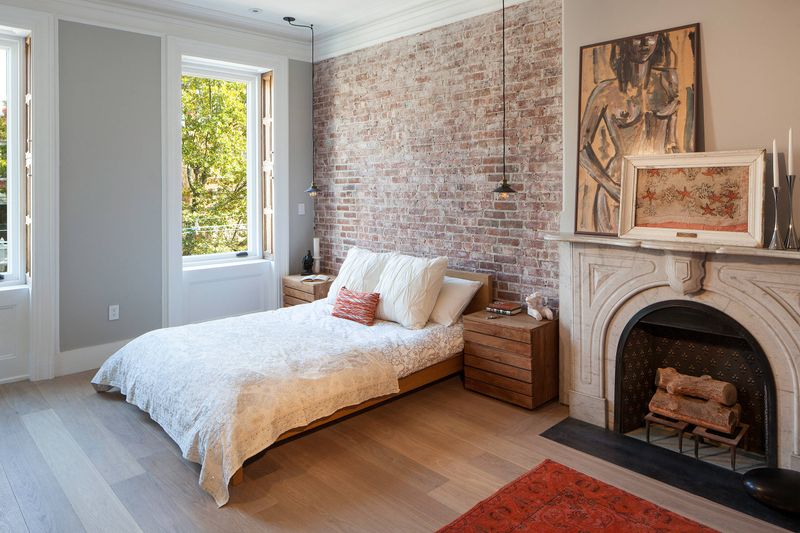
Raw architectural elements bring authentic character to spaces in ways manufactured cornicing never could. Exposing original brick or stone at the ceiling line creates a striking detail that celebrates your home’s history and structural integrity.
If you’re lucky enough to have these materials hiding behind drywall, careful exposure can reveal beautiful textural interest. For newer construction, convincing faux panels or veneers offer similar aesthetic appeal without major renovation.
The beauty of this approach lies in imperfection – each stone or brick tells a story through its weathered surface. This technique works particularly well in transitional spaces like dining rooms or entryways where the unexpected detail becomes a natural conversation starter.
7. Modern Plaster Edge Reveal
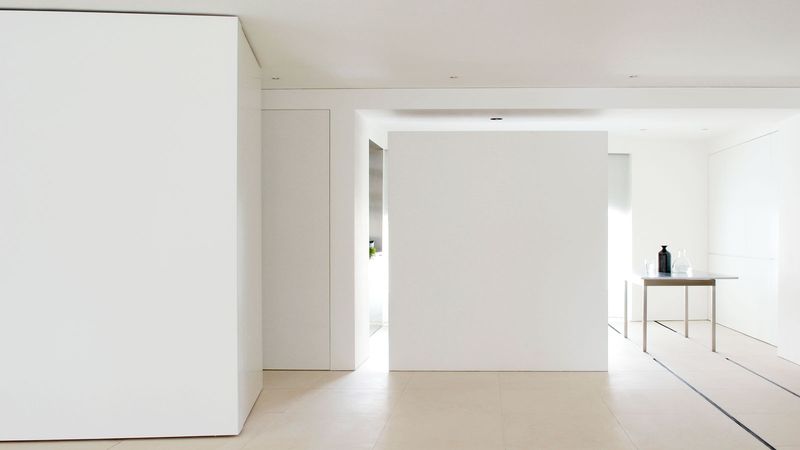
Subtle sophistication defines the modern plaster reveal – a technique where walls and ceilings meet in a clean, knife-edge transition without traditional cornicing. This contemporary approach creates architectural interest through simplicity rather than ornamentation.
Skilled plasterers can achieve this look using specialized metal edge beads and careful finishing techniques. The result appears deceptively simple while actually requiring considerable craftsmanship.
What makes this option special is how it plays with light throughout the day, creating subtle shadow lines that change with the sun’s position. For homes with minimalist aesthetics or mid-century influences, this clean detail honors architectural principles while providing a timeless finish that won’t date like trendy cornicing patterns.
8. Painted Two-Tone Walls with Crisp Line

Bold color blocking creates architectural interest without adding physical elements to your ceiling junction. By painting the upper portion of walls in a contrasting or complementary color to the lower section, you define space dramatically while maintaining clean lines.
This technique works wonderfully with painter’s tape for precise edges where colors meet. For added sophistication, consider using the ceiling color for the upper wall section to create a wrapped effect that visually expands your space.
Where traditional cornicing might feel fussy in contemporary settings, this graphic approach adds character while remaining thoroughly modern. It’s also budget-friendly and easily updateable when you’re ready for a change – simply repaint rather than removing architectural elements!
9. Ceiling Medallions for Visual Interest
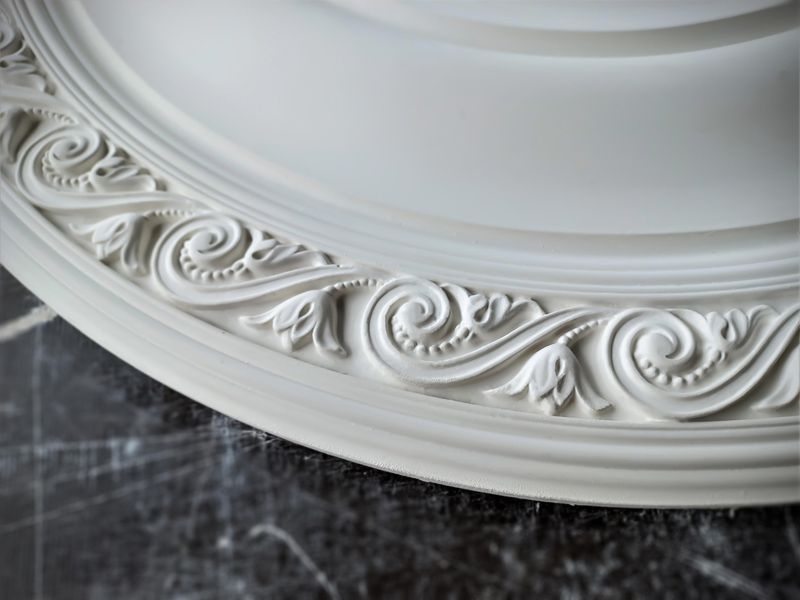
Forget continuous cornicing and focus dramatic detail where it matters most! Ceiling medallions installed at lighting fixtures create focal points that draw the eye upward without requiring full perimeter treatment.
Modern medallions range from intricate traditional patterns to sleek contemporary designs that complement any style. Made from lightweight polyurethane, they install easily with construction adhesive and caulk for seamless integration.
What’s particularly appealing about this approach is how it concentrates decorative elements strategically rather than uniformly. This targeted decoration works beautifully in rooms with statement lighting or in spaces where you want to create zones within open floor plans – like defining dining areas or reading nooks with architectural detail.
10. Slim Timber Picture Rails
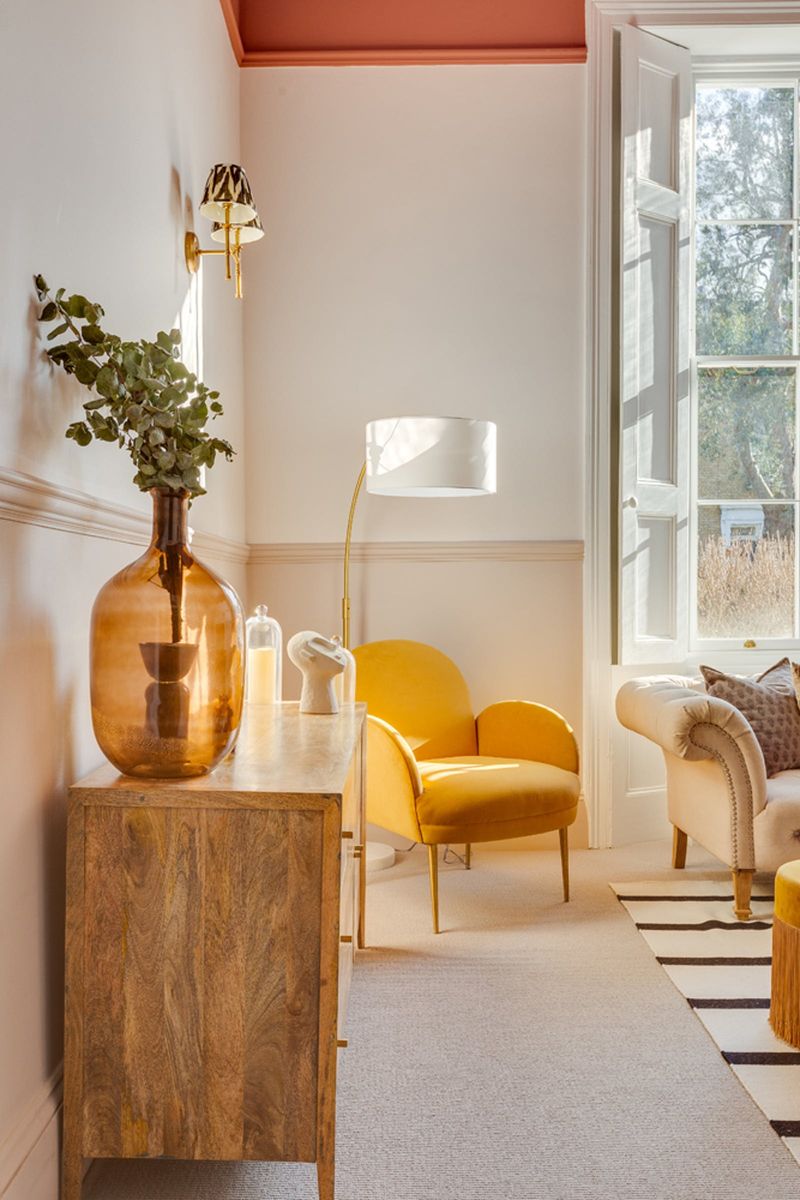
Elegant simplicity defines slim timber picture rails – a functional alternative to cornicing that adds architectural character while serving a practical purpose. Installed several inches below the ceiling, these narrow moldings provide display options while creating visual interest.
Unlike bulky traditional cornicing, these minimal profiles complement contemporary spaces while nodding to historical details. They’re particularly effective in homes with art collections, allowing for flexible display without damaging walls.
For a modern interpretation, consider painting rails the same color as walls for a subtle shadow line, or go bold with contrasting finishes that highlight the architectural detail. The beauty of this option lies in its dual-purpose nature adding both visual structure and practical functionality to your rooms.

